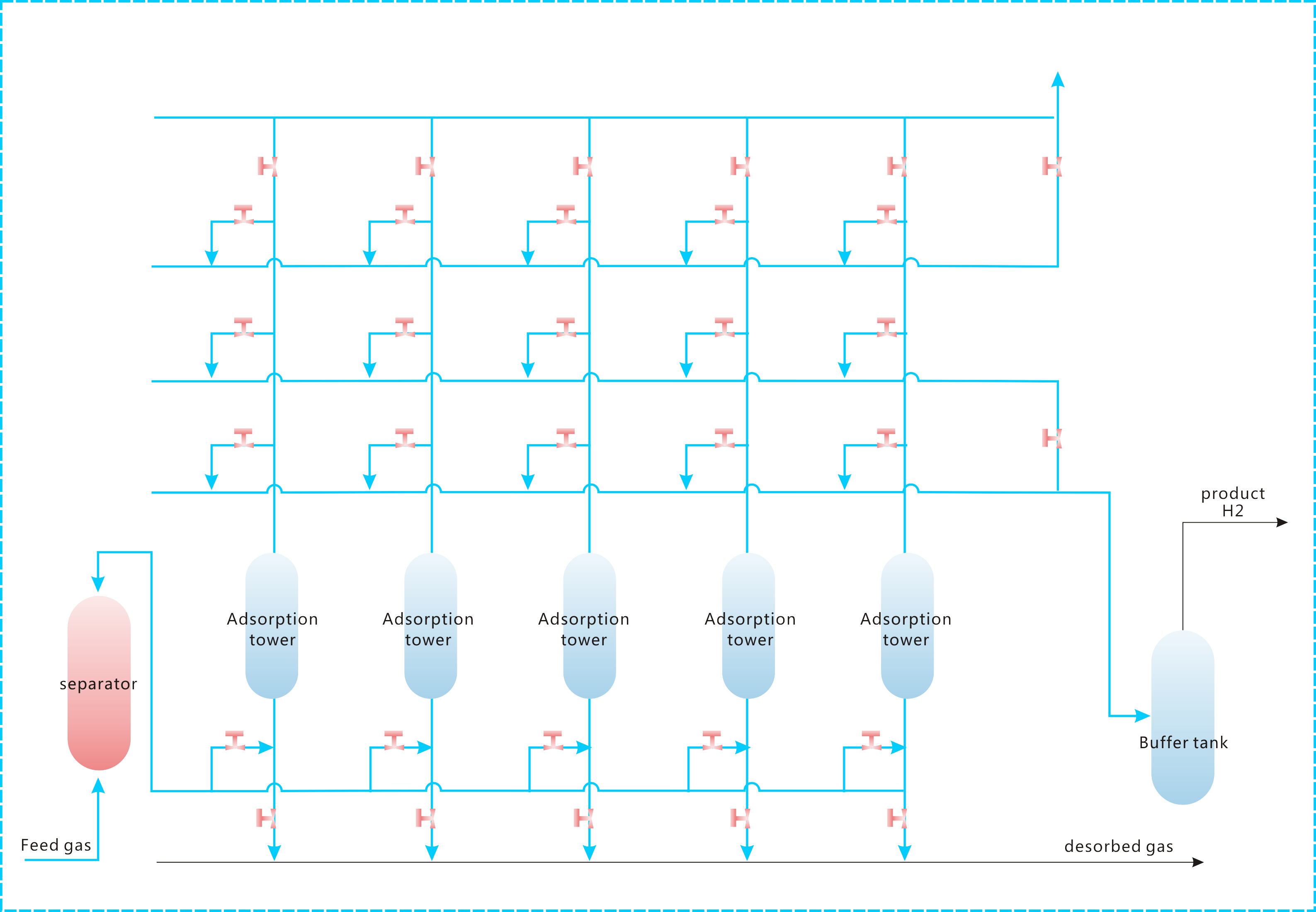Crude oil, gasoline, heating oil, diesel, propane, and other liquids including biofuels and natural gas liquids.
Exploration and reserves, storage, imports and exports, production, prices, sales. Hydrogen Natural Gas Reforming

Sales, revenue and prices, power plants, fuel use, stocks, generation, trade, demand & emissions.
Energy use in homes, commercial buildings, manufacturing, and transportation.
Reserves, production, prices, employment and productivity, distribution, stocks, imports and exports.
Includes hydropower, solar, wind, geothermal, biomass and ethanol.
Uranium fuel, nuclear reactors, generation, spent fuel.
Comprehensive data summaries, comparisons, analysis, and projections integrated across all energy sources.
Monthly and yearly energy forecasts, analysis of energy topics, financial analysis, congressional reports.
Financial market analysis and financial data for major energy companies.
Greenhouse gas data, voluntary reporting, electric power plant emissions.
Maps, tools, and resources related to energy disruptions and infrastructure.
State energy information, including overviews, rankings, data, and analyses.
Maps by energy source and topic, includes forecast maps.
International energy information, including overviews, rankings, data, and analyses.
Regional energy information including dashboards, maps, data, and analyses.
Tools to customize searches, view specific data sets, study detailed documentation, and access time-series data.
EIA's free and open data available as API, Excel add-in, bulk files, and widgets
Come test out some of the products still in development and let us know what you think!
Forms EIA uses to collect energy data including descriptions, links to survey instructions, and additional information.
Sign up for email subcriptions to receive messages about specific EIA products
Subscribe to feeds for updates on EIA products including Today in Energy and What's New.
Short, timely articles with graphics on energy, facts, issues, and trends.
Lesson plans, science fair experiments, field trips, teacher guide, and career corner.
Reports requested by congress or otherwise deemed important.
To produce hydrogen, it must be separated from the other elements in the molecules where it occurs. Hydrogen can be produced from many different sources in different ways to use as a fuel. The two most common methods for producing hydrogen are steam-methane reforming and electrolysis (splitting water with electricity). Researchers are exploring other hydrogen production methods, or pathways.
Steam-methane reforming accounts for nearly all commercially produced hydrogen in the United States. Commercial hydrogen producers and petroleum refineries use steam-methane reforming to separate hydrogen atoms from carbon atoms in methane (CH4). In steam-methane reforming, high-temperature steam (1,300°F to 1,800°F) under 3 bar–25 bar pressure (1 bar = 14.5 pounds per square inch) reacts with methane in the presence of a catalyst to produce hydrogen, carbon monoxide, and a relatively small amount of carbon dioxide (CO2).
Industrial facilities and petroleum refineries primarily use natural gas as the methane source for hydrogen production. Several fuel cell power plants in the United States treat and use landfill gas (biogas) as hydrogen source. Biofuels and petroleum fuels are also potential hydrogen sources.
Electrolysis is a process that splits hydrogen from water using an electric current. Electrolysis is commonly used in high school science classes to demonstrate chemical reactions and hydrogen production. On a large, commercial scale, the process may be referred to as power-to-gas, where power is electricity and hydrogen is gas. Electrolysis itself does not produce any byproducts or emissions other than hydrogen and oxygen. The electricity for electrolysis is currently provided by the electric power grid, which is supplied with a mix of renewable sources, nuclear energy, and fossil fuels.
Research is underway to develop other ways to produce hydrogen, including: Thermochemical processes to convert biomass into gas or liquids and to separate the hydrogen Photolytic processes that use solar energy to split water into hydrogen and oxygen Biological processes that use microbes, such as bacteria and microalgae, to produce hydrogen through biological reactions

Hydrogen Production The U.S. Department of Energy (DOE) supports source-neutral hydrogen production pathways and does not use a color code that is based on the hydrogen source, production technology, and carbon capture, which some producers, marketers, and other organizations use to categorize hydrogen. DOE's Hydrogen Program includes a number of programs by participating DOE program offices for clean hydrogen production to meet the requirements of the Infrastructure Investment and Jobs Act (Section 40315), also called the Bipartisan Infrastructure Law, and align with the Inflation Reduction Act (Section 13204). Two of the major DOE initiatives are: The U.S. National Clean Hydrogen Strategy and Roadmap A clean hydrogen production standard